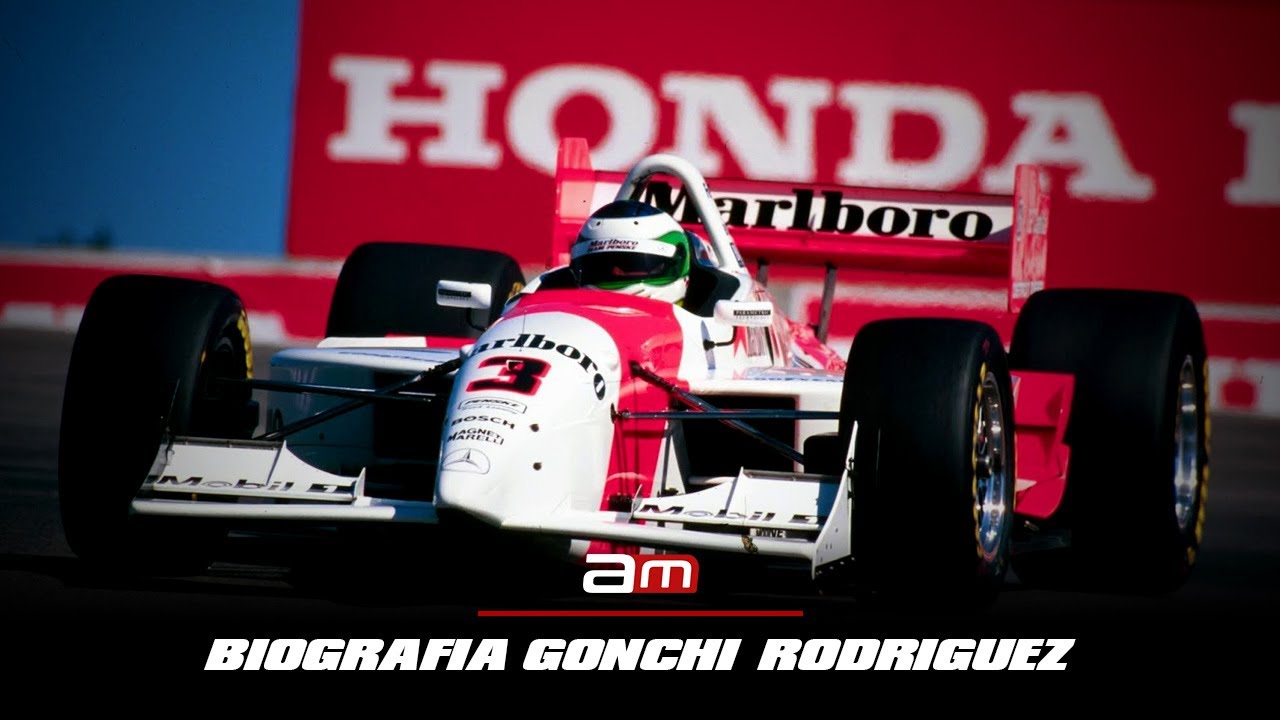IndyCar News: Remembering Gonchi (Gonzalo Rodriguez) – A Documentary
In the high-stakes world of IndyCar open-wheel racing, where fortunes shift in the blink of an eye and legacies are forged on the edge of peril, few stories burn as brightly—or end as tragically—as that of Gonzalo “Gonchi” Rodríguez. Watch the well-done documentary on his life below.
–by Mark Cipolloni–
Born on January 22, 1971, in Montevideo, Uruguay, to a father who himself conquered Uruguay’s national rally circuits, Rodríguez was motorsport royalty from the cradle. A prodigy with an infectious smile and unyielding grit, he stormed through the junior ranks, clinching three International Formula 3000 victories—including a masterful 1999 triumph at Monaco’s principality—and ascending to second in the championship standings that fateful year.
His talent, raw and relentless, caught the eye of Roger Penske, landing him a coveted seat in CART’s elite Penske squad for a late-season audition—a golden ticket to IndyCar stardom and, whispers suggested, even Formula 1 glory.
Rodríguez’s North American debut at the June 1999 Detroit Grand Prix was a revelation: piloting the No. 2 Lola-Mercedes, the 28-year-old rookie sliced through the field to snag a hard-fought 11th place and a precious points finish, proving his mettle amid the series’ unforgiving concrete ovals and street skirmishes.
It was the spark of a career poised for explosion, a Uruguayan firebrand ready to etch his name beside legends like Emerson Fittipaldi and Juan Manuel Fangio. Yet, on September 11, 1999—just two races in—fate dealt its cruelest hand at California’s Laguna Seca Raceway.
During morning practice for the Shell 300, Rodríguez’s car suffered a catastrophic brake failure from overheating, coupled with a stuck throttle, hurling him nose-first into the unyielding concrete barrier guarding the infamous Corkscrew’s entrance at over 160 mph. The impact, buffered only by a scant tire wall, proved fatal: massive head and neck trauma claimed his life instantly, marking Laguna Seca’s first racing fatality and robbing the world of a driver whose promise echoed through Uruguay and beyond.
Twenty-five years on, as the anniversary shadows another September, Rodríguez’s story endures not as a footnote of sorrow, but as a clarion call for the sport’s evolution—from the HANS device’s hastened adoption to the unyielding quest for safer barriers.
In Uruguay, where he remains the nation’s lone CART warrior, young guns like Santiago Urrutia carry his torch, donning tribute helmets at Monterey to honor the “Gonchi” who dared to dream big. This is the tale of a racer who lived at full throttle, leaving an indelible skid mark on IndyCar’s history: fierce, fleeting, and forever unforgettable.
